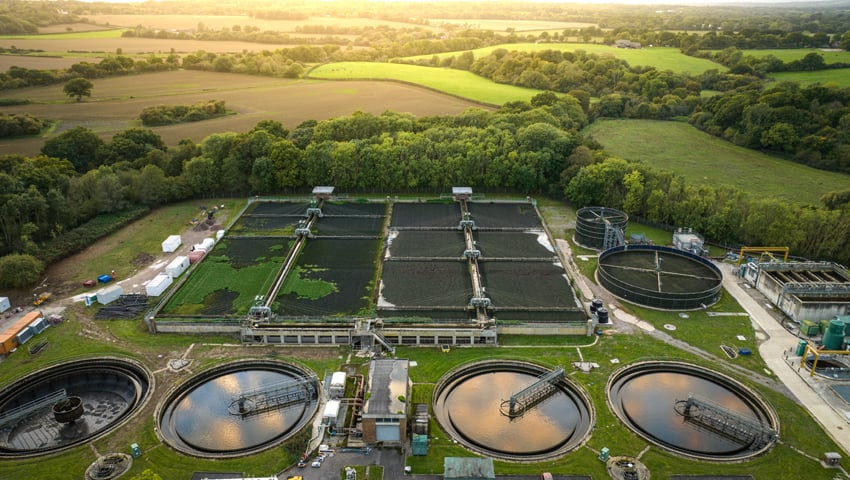MILLIONS of tonnes of sewage sludge, contaminated with a myriad of toxic and “forever” chemicals, is being spread as fertiliser on UK farmland every year.
A 2017 report, which remained unpublished by the Environment Agency for several years, reveals fundamental weaknesses in EA controls that could ultimately result in farmland becoming “unsuitable for agriculture”.
The EA report called for urgent action and proposed a suite of reforms to land-spreading regulations. The report only became publicly available in 2020 following a freedom of information request by campaigning journalists at Unearthed.
Unearthed said, “Investigators commissioned by the agency found sewage waste destined for English crops contaminated with dangerous ‘persistent organic pollutants’ like dioxins, fuerans, and polycyclic aromatic hydrocarbons at ‘levels that may present a risk to human health’.
“They reported evidence that these sludges, which are routinely spread as fertiliser on hundreds of farms, were widely contaminated with microplastics that could ultimately leave soil ‘unsuitable for agriculture’.”
The report reveals that this is the result of a marked change in the way that some industrial wastes are being disposed of. Now, instead of wastes from chemical and cosmetics manufacturers being taken to dedicated facilities, water companies are being paid to get rid of them.
Writing in The Guardian, George Monbiot explains that, “In other words, two completely different waste streams – human excrement and industrial effluent – are being deliberately and irremediably mixed.” Road drainage and run-off from building sites, businesses and homes also run into the sewage system, adding to the mix.
The report shows that there are “a number of gaps in the Environment Agency’s understanding of what water companies are doing with tankered industrial wastes, how they handle them and […] the destinations of sludge generated”.
However, around 3.6 million tonnes (78% of the sludge) is then used as fertiliser on UK farms each year, while farmers are given no information about what the fertiliser contains.
Unearthed said that in addition to widespread contamination with organic pollutants such as polychlorinated biphenyls (PCBs) and perfluorooctanesulfonic acid (PFOS), the EA investigators found that almost all treated sludge samples they tested contained the weedkiller glyphosate and the antimicrobial triclosan, which scientists believe may cause antibiotic resistance.
Despite this, sewage sludge is not routinely tested for any of these contaminants before spreading. There are no legal limits to the amount of these chemicals that can be present in land-spreading sludge. For the most part, the report states, scientists have not established what amount of these contaminants can be present in sludge without risk to the food chain.
Monbiot said, “The testing rules for sewage sludge being sent to farmland have not been updated since 1989, and cover only heavy metals, fluoride and pathogens. But thanks to the mixing of waste streams and the proliferation of new synthetic chemicals, it now contains a vast range of toxins. These include, the report shows, polychlorinated biphenyls, dioxins, furans, phthalates, forever chemicals, antibiotics, huge quantities of microplastic and many other compounds. There are no legal limits for any of these poisons in the sewage sludge being spread on farmland.”
Monbiot said that, “The report states that these are likely to be ‘best-case examples’. A source at the agency tells me it did not investigate sludge from sewage systems receiving heavy industrial loads: the true extent of contamination is likely to be far worse. ‘Some of the levels,’ they tell me, ‘are horrendous. The human health risks are phenomenal.’ In some cases, this contamination would prohibit building houses on the land. ‘But you can grow crops and raise animals on it for human consumption!'”
Read the full Environment Agency report, Materials to Land Phase 2
Read the full report by Unearthed
Read George Monbiot’s commentary
